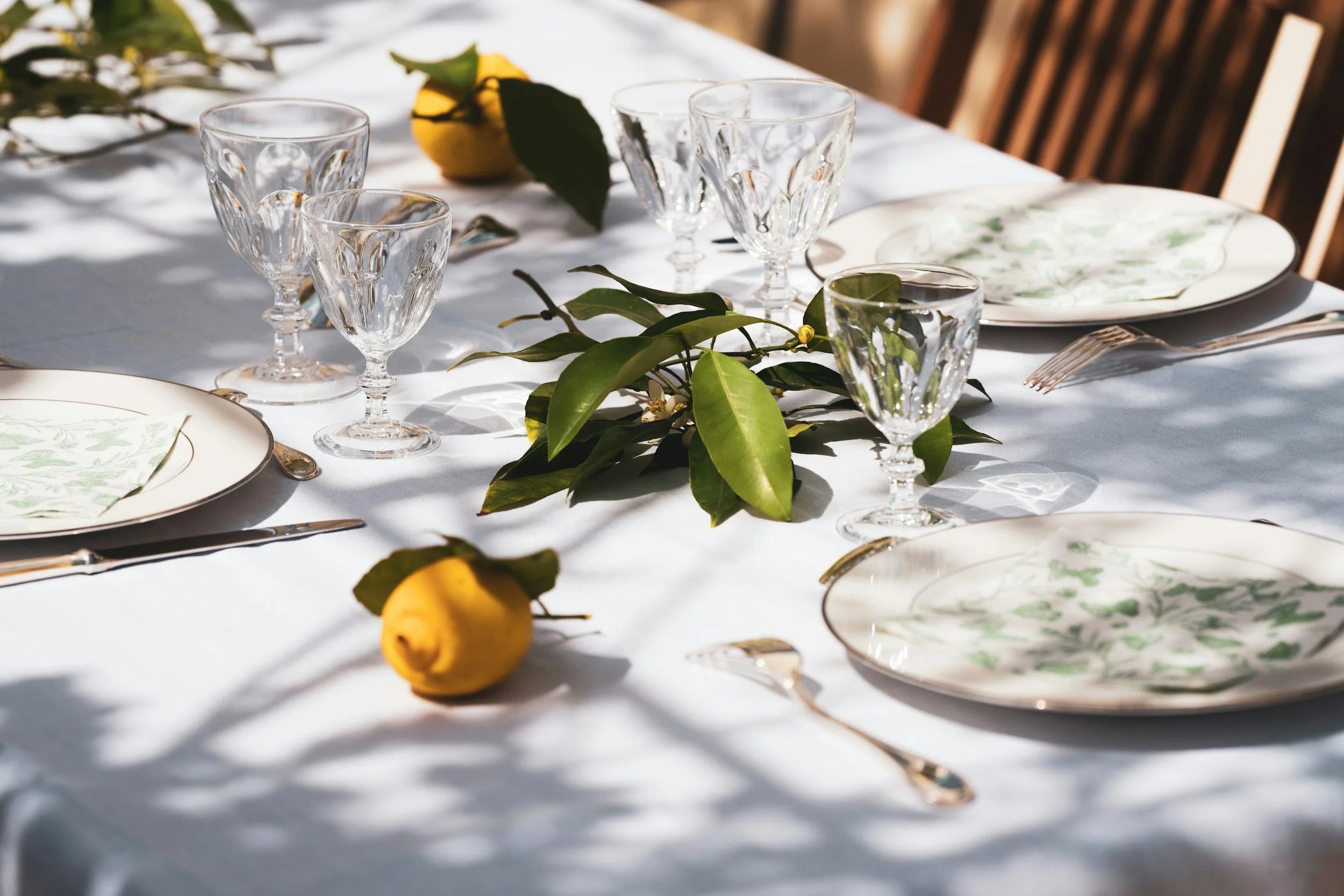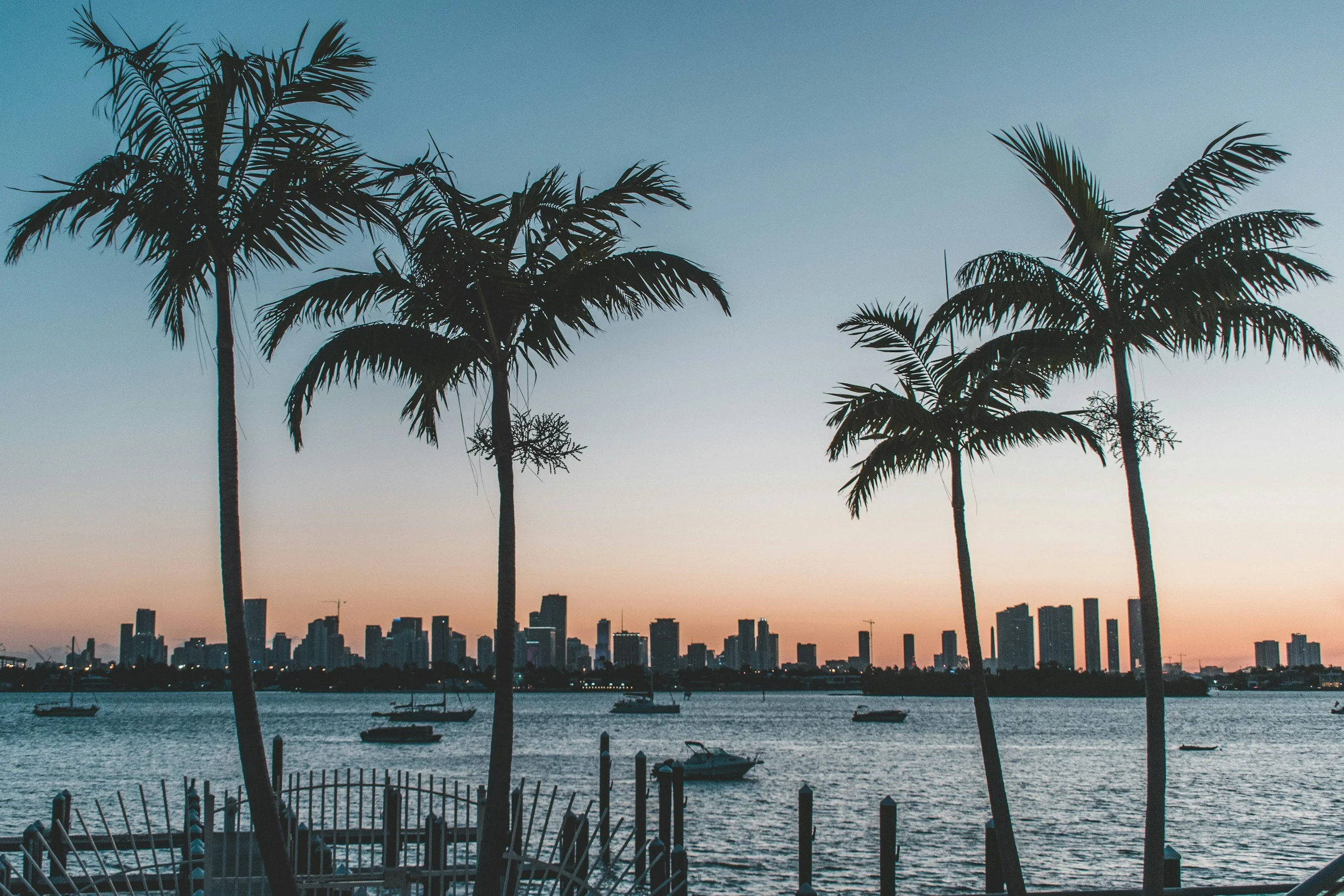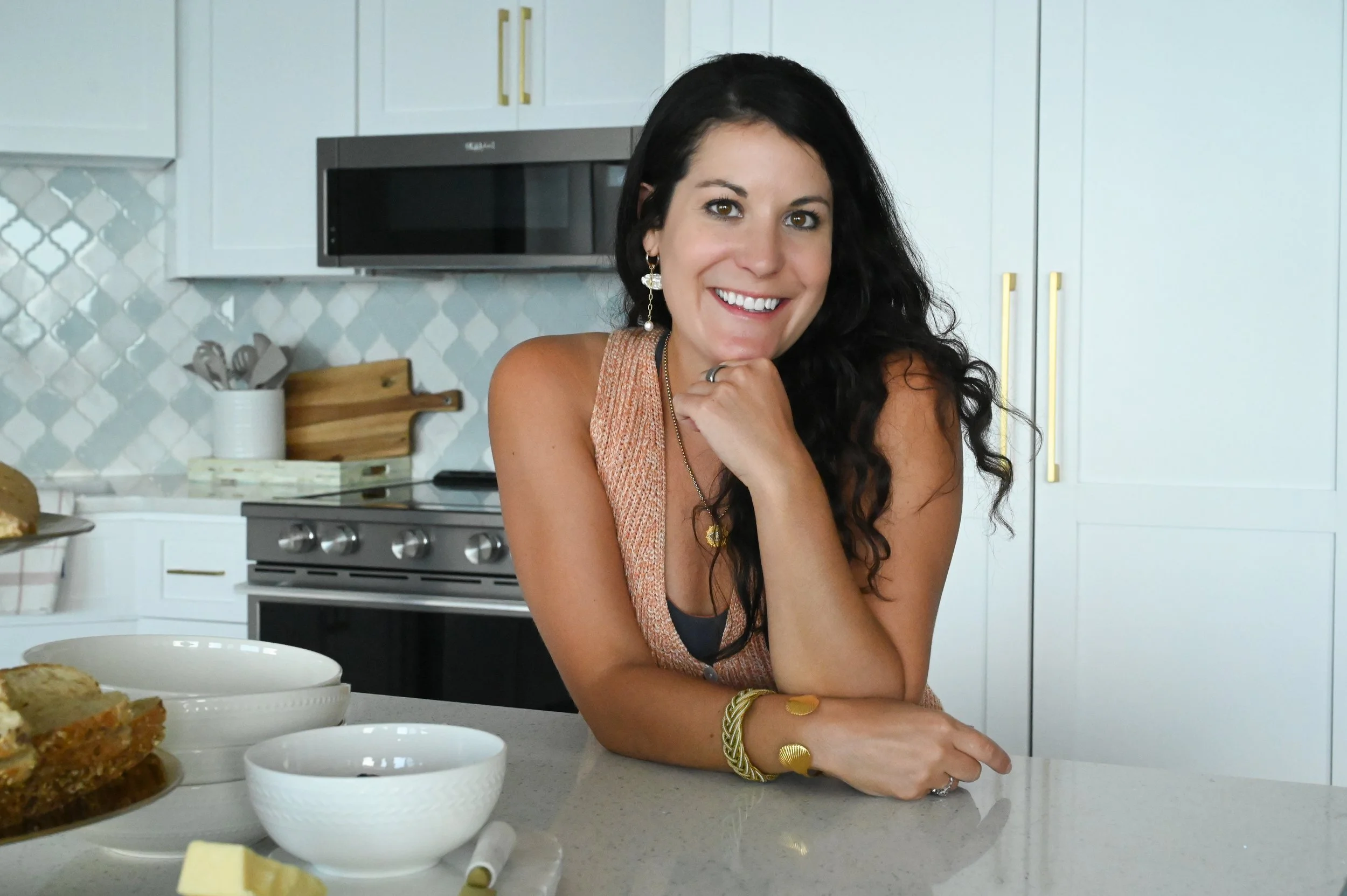Creating Coastal Outdoor Spaces That Feel Like an Escape
Your outdoor space should make you smile every time you step outside—and nothing captures that feeling quite like the effortless beauty of coastal living.
Whether you're working with a sprawling backyard, a cozy balcony, or something in between, creating an outdoor coastal retreat is about more than just adding some wicker furniture and calling it a day. It's about designing spaces that capture the essence of seaside living while being practical enough for real life—sandy feet, sudden rain showers, and all.
Outdoor Furniture and Textiles That Actually Last
The biggest mistake I see in coastal outdoor design? Choosing pieces that look gorgeous in the showroom but fall apart after one season in our South Florida climate. Here's what actually works:
Performance fabrics that can handle anything:
Sunbrella: The gold standard for outdoor cushions and umbrellas. Fade-resistant, mildew-resistant, and easy to clean
Solution-dyed acrylics: Colors go all the way through the fiber, so they won't fade even in intense coastal sun
Quick-dry foam: Essential for cushions that will inevitably get caught in afternoon thunderstorms
Furniture materials that age beautifully:
Teak: Weathers to a gorgeous silver-gray and can handle salt air without breaking down
Powder-coated aluminum: Lightweight, rust-resistant, and available in colors that complement coastal palettes
All-weather wicker: Choose resin over natural—it won't crack, fade, or harbor moisture
"The best coastal outdoor furniture should look even better after a few seasons of use, not worse."
Smart textile choices:
Outdoor rugs in natural fibers like jute or synthetic materials that resist mold
Pillows with removable, washable covers in coastal colors
Throws in performance fabrics that can stay outside without looking worn
Shade Solutions and Lighting for Perfect Ambiance
Creating comfortable shade: South Florida sun is no joke, so your shade solutions need to work as hard as they look good.
Retractable awnings: Perfect for larger patios, offering flexibility for both sunny mornings and shaded afternoons
Umbrella systems: Choose cantilever styles that don't require a center table hole and can be adjusted throughout the day
Pergolas with climbing plants: Bougainvillea or jasmine create natural, fragrant shade that evolves with the seasons
Shade sails: Modern and architectural, perfect for contemporary coastal homes
Lighting that extends your outdoor hours: The magic happens when the sun goes down and your outdoor space transforms into something enchanting.
Layered lighting approach:
String lights: Edison bulbs or simple white lights create instant ambiance
Solar pathway lights: Line walkways and garden beds with warm LED options
Hurricane lanterns: Weather-resistant and movable for flexible entertaining
Underwater pool lights: If you have a pool, colored LED lights can create a resort-like atmosphere
Technical considerations for coastal areas:
Choose fixtures rated for wet locations (not just damp)
LED bulbs handle humidity better and last longer
Copper and brass fixtures develop beautiful patina over time
Bringing the Indoors Out (and Vice Versa)
Creating seamless flow: The best coastal homes blur the lines between indoor and outdoor living. Here's how to make that magic happen:
Color palette continuity:
Use similar neutral bases (whites, creams, natural wood tones) in both spaces
Add the same accent colors—maybe coral, sage, or ocean blue—in both areas
Repeat materials like natural wood, rattan, or stone
Furniture that works double duty:
Weather-resistant ottomans that can move between the sunroom and the patio
Dining chairs that look at home inside or out
Console tables in materials that handle humidity
Plants that bridge the gap:
Palms in large planters that can migrate seasonally
Trailing plants like pothos that thrive in both environments
Herb gardens that serve both the kitchen and outdoor entertaining
"When your indoor and outdoor spaces feel connected, your whole home feels larger and more integrated with its natural surroundings."
Design Tips for Different Outdoor Spaces
Small Balconies: Maximum Impact in Minimal Space
Working with a small balcony? You can still create a coastal escape with smart choices:
Vertical solutions:
Wall-mounted planters for herbs and trailing plants
Folding tables that mount to railings
Hanging chairs or swings that don't take floor space
Multi-functional pieces:
Storage benches that provide seating and hide cushions during storms
Nesting tables that expand for entertaining but tuck away when not needed
Folding chairs that can be stored inside during hurricane season
Color strategy for small spaces:
Light colors make spaces feel larger
One accent color (maybe a vibrant coral or deep teal) in pillows and planters
Mirrors strategically placed to reflect water views or greenery
Full Patios and Backyards: Creating Outdoor Rooms
When you have more space to work with, think about creating distinct zones:
Dining areas:
Weather-resistant dining sets in materials that don't require constant maintenance
Outdoor rugs that define the space and add comfort underfoot
Overhead lighting or chandeliers designed for outdoor use
Lounging zones:
Deep seating arrangements that encourage conversation
Coffee tables low enough for feet-up relaxation
Side tables for drinks and books
Entertainment spaces:
Outdoor kitchens with materials that handle salt air and humidity
Fire pits or outdoor fireplaces for cooler evenings
Built-in seating with weather-resistant cushions
Pool areas (if applicable):
Non-slip surfaces in natural materials like travertine or textured concrete
Umbrellas or pergolas for shade during peak sun hours
Storage for pool accessories that doesn't detract from the design
Climate-Smart Design for South Florida Living
Hurricane season considerations:
Choose furniture that can be easily moved or stored
Invest in quality covers for larger pieces
Avoid glass-top tables that can become projectiles
Plant trees and shrubs that bend rather than break in high winds
Year-round comfort:
Ceiling fans for outdoor covered areas
Misting systems for extreme heat days
Fire features for the few cool evenings we get
Drainage solutions that handle heavy rains gracefully
Maintenance that actually works:
Hose-off cushion covers that can be cleaned weekly
Furniture materials that look better with age rather than worse
Plant choices that thrive in humidity and salt air
Storage solutions that protect against moisture and pest
Ready to transform your outdoor space into a coastal retreat?Creating an outdoor space that truly captures coastal vibes while standing up to South Florida's unique climate challenges requires the right expertise and attention to detail. Whether you're working with a small balcony or designing a complete outdoor living suite, I'd love to help you create an outdoor sanctuary that you'll enjoy year-round.
The Bottom Line: Outdoor Coastal Living Done Right
The most beautiful coastal outdoor spaces aren't just pretty—they're practical. They handle afternoon thunderstorms with grace, look better after a season of use, and create that effortless indoor-outdoor flow that makes coastal living so appealing.
Your outdoor space should feel like an extension of your home, not an afterthought. It should invite you outside for morning coffee, afternoon reading, and evening entertaining. Most importantly, it should reflect your personal style while embracing the relaxed sophistication that makes coastal living so special.
Let's design an outdoor space that makes every day feel like a vacation. I'm here to help you navigate material choices, layout solutions, and design details that will create your perfect coastal escape.
REBECCA MERRITT
founder & principal designer
We are a boutique interior design studio based in The Keys, Florida.








